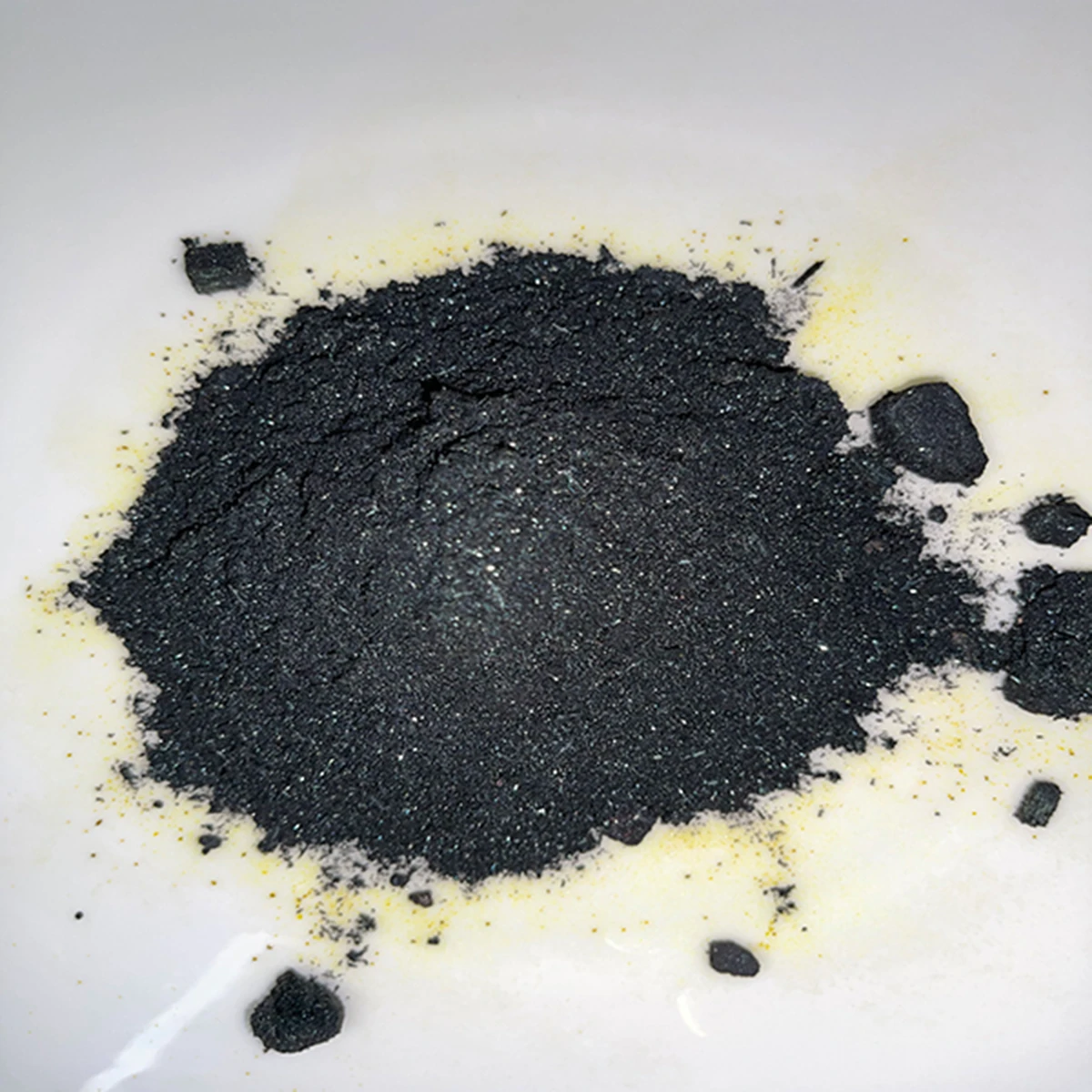



Understanding the Sodium Hydroxide Method for Effective Chemical Processes and Applications
The Sodium Hydroxide Process An Overview
The sodium hydroxide process, also known as the caustic soda process, plays a crucial role in various industrial applications. Sodium hydroxide (NaOH), a highly versatile chemical, is widely utilized in the production of pulp and paper, textiles, detergents, and a myriad of other products. This article delves into the significance, mechanism, and applications of the sodium hydroxide process, highlighting its importance in the contemporary chemical industry.
The Production of Sodium Hydroxide
Sodium hydroxide is primarily produced through two methods the chloralkali process and the hydration of sodium oxide. The chloralkali process involves the electrolysis of brine (saltwater), resulting in the production of chlorine gas, hydrogen gas, and sodium hydroxide. This method stands out due to its efficiency and the dual production of valuable by-products, contributing significantly to the global chemical market.
In the chloralkali process, an electric current is passed through a solution of sodium chloride, which separates the elements. At the anode, chloride ions are oxidized to form chlorine gas, while at the cathode, water is reduced to produce hydrogen gas and hydroxide ions. Combined, these hydroxide ions react with sodium ions present in the solution to yield sodium hydroxide. The overall reaction can be summed up as
\[ 2NaCl + 2H_2O \rightarrow 2NaOH + Cl_2 + H_2 \]
Mechanism and Features
One of the key features of the sodium hydroxide process is its exothermic nature. The reaction releases significant heat, making it necessary to manage temperature to enhance the efficiency of production. Additionally, the sodium hydroxide produced can vary in concentration, ranging from 10% solutions to highly concentrated forms (up to 50-70%).
Safety is a primary concern when handling sodium hydroxide, given its caustic properties. It can cause severe burns upon contact with skin or eyes, necessitating stringent safety measures in manufacturing facilities. Protective equipment and strict operational protocols ensure that workers remain safe while dealing with this potent chemical.
Applications in Industry
sodium hydroxide process

The sodium hydroxide process has vast applications across various industries. In the pulp and paper industry, NaOH is used for the pulping of wood, separating lignin from cellulose fibers. This critical step in paper production enhances the quality and durability of the final product.
In the textile industry, sodium hydroxide is employed for mercerizing cotton, increasing its strength and dye affinity. This treatment is vital for producing high-quality fabrics with vibrant colors.
Moreover, sodium hydroxide serves as a crucial component in the production of various cleaning agents and detergents. Its ability to dissolve organic materials makes it an effective ingredient in soaps and household cleaners. Furthermore, it plays a pivotal role in the manufacture of biodiesel through the transesterification of fats and oils, promoting the rise of sustainable energy sources.
Agriculturally, sodium hydroxide is used for crop preservation and treatment of soil to improve fertility. Its role in neutralizing acidic soils makes it an essential component in modern farming practices.
Environmental Implications
While sodium hydroxide has numerous industrial applications, its production and usage raise environmental concerns. The release of chlorine gas during the electrolysis process warrants careful handling and regulation to minimize environmental impact. Furthermore, improper disposal of sodium hydroxide can lead to soil and water contamination.
To mitigate environmental risks, industries are exploring greener alternatives and improved waste treatment techniques. Adopting sustainable practices in the sodium hydroxide process can enhance its viability for future generations.
Conclusion
The sodium hydroxide process is a fundamental aspect of various industrial operations, underpinning the production of everyday products. With its diverse applications, understanding its mechanisms and implications is vital for harnessing its potential while minimizing environmental risks. As industries continue to innovate, the sodium hydroxide process will remain a cornerstone of modern chemical manufacturing.
-
Why Sodium Persulfate Is Everywhere NowNewsJul.07,2025
-
Why Polyacrylamide Is in High DemandNewsJul.07,2025
-
Understanding Paint Chemicals and Their ApplicationsNewsJul.07,2025
-
Smart Use Of Mining ChemicalsNewsJul.07,2025
-
Practical Uses of Potassium MonopersulfateNewsJul.07,2025
-
Agrochemicals In Real FarmingNewsJul.07,2025
-
Sodium Chlorite Hot UsesNewsJul.01,2025










